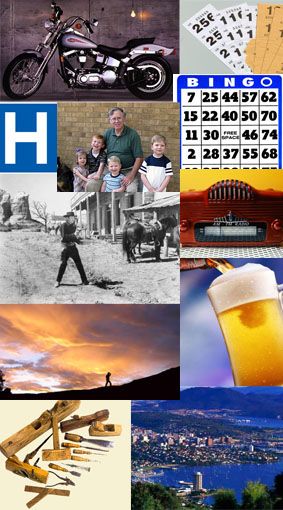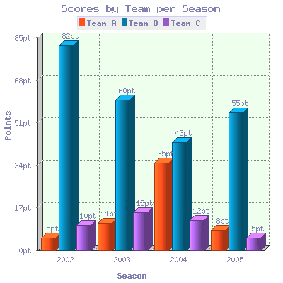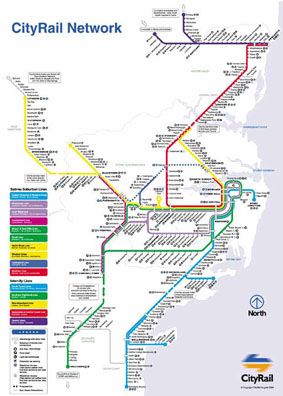Gone are the days when design was confined by the traditional method of one user determining the content, as is the case with television, radio, a book or movie. Now, with the development of interactive design, the experience is determined by the user, and not the person “behind the curtain”. As a quick example, websites such as Facebook or Flickr, these sites allow the user to easily input their own information and opinions. Interactivity is concerned with being part of the action of a system or performance and not simply watching the action passively.
Interactive Design is a system/product that allows the user to interact with them. As the discipline of defining the behaviour of products and systems that a user can interact with, the practice typically centres around these systems and products that allow interactivity range from mobile devices, electronic devices and software, where the tool (branching off Web 2.0) is defined through a number of mediums and processes.
Interaction design is made up of complex technology, however it aims to decrease the learning curve and to raise accuracy and efficiency of a task without withdrawing usefulness. The aim is to shrink frustration and increase user productivity and contentment. It creates compelling relationships between people and the interactive systems they use, from computers to appliances and so fourth.









